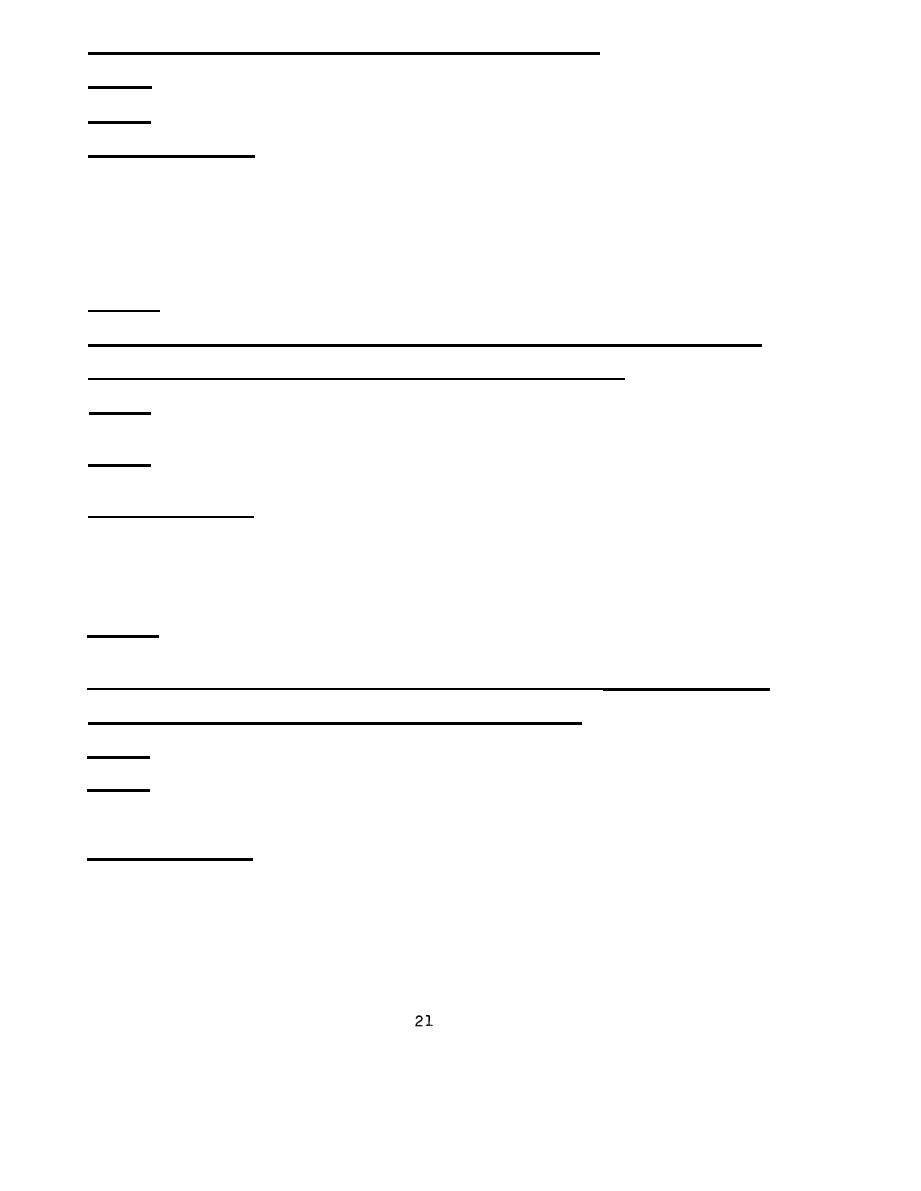

Custom Search
|
|

|
||
 CASE S14 - Ceramic Insulators for Tower Base, E. L. Mifflin
High cost of ceramic insulators for guys in tall guyed towers.
Problem:
Excessive bids.
Symptom:
Collection of Facts: Studies of the cost of "fail safe" guy insulators for
600 foot low frequency radiators showed 40 percent of material cost went for
"failsafe" insulators. These insulators represented a significant part of
the total cost. The cost was reduced by switching to non-fail safe insulators
for the top radial systems where additional safety was not needed. The last
two Omega towers designed by the government showed that using a 200 foot
higher (1400 feet) grounded tower was less expensive because base and guy
insulators could be eliminated.
Solution: Design VLF/LF antenna systems around available insulators when
possible and consider alternatives to base insulated towers.
CASE S15 - Glass-Reinforced Plastic Guy Insulators, E. Mifflin
Problem: Use of lightweight glass reinforced plastic guy insulators as
tension members. (In high voltage antennas).
Symptom: Failures in insulation due to tracking, electrical internal
puncture, burning and explosive type disintegration.
Collection of Facts: In most cases of use of this type of insulators in high
voltage application, one or more of the above symptoms occurred rendering the
insulator useless. Only one type of insulator has passed a radio frequency
high voltage test and has a five (5) year in-service record. This successful
insulator is a fiberglass core reinforced cycloaliphatic epoxy cast product
manufactured by TDL, Transmission Developments Limited, of Gloucester, England.
Solution: Use only TDL manufactured plastic insulators in high voltage guy
insulator application, or, thoroughly test other candidates mechanically and
in an RF environment.
CASE s16 - Spherical Bearing for Guyed Towers, E. Mifflin
Spherical bearing for base of tall guyed towers.
Problem:
Symptom: Investigations into a cracked base insulator revealed that the
difference in radii of the spherical seat was not sufficient for required
rotation.
Collection of Facts: Although the difference in radii in the bearing was
insufficient, the strength of the insulator was sufficient enough for the
resulting bending moment. However, the replacement insulator available at
that time was not sufficient for the extra bending. A new spherical seat was
designed using high strength steel and special surface preparation to insure
the required rotation under loading. The cost for this bearing was
approximately $40,000.
|
 |
|
 |
||